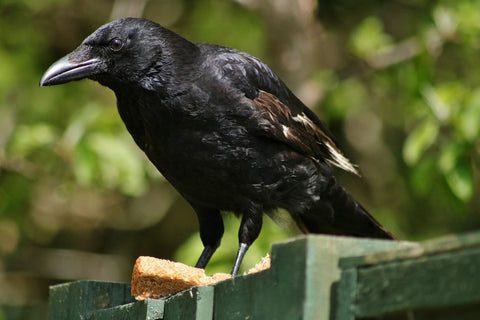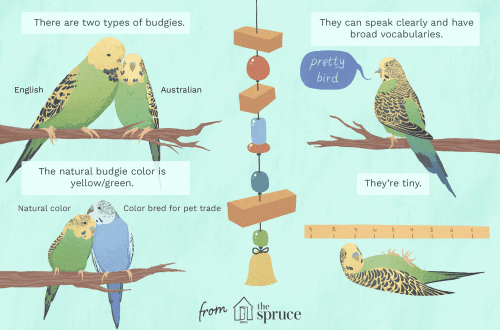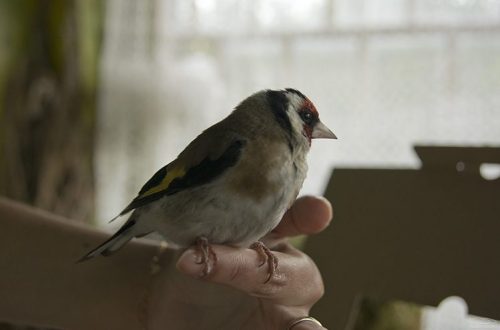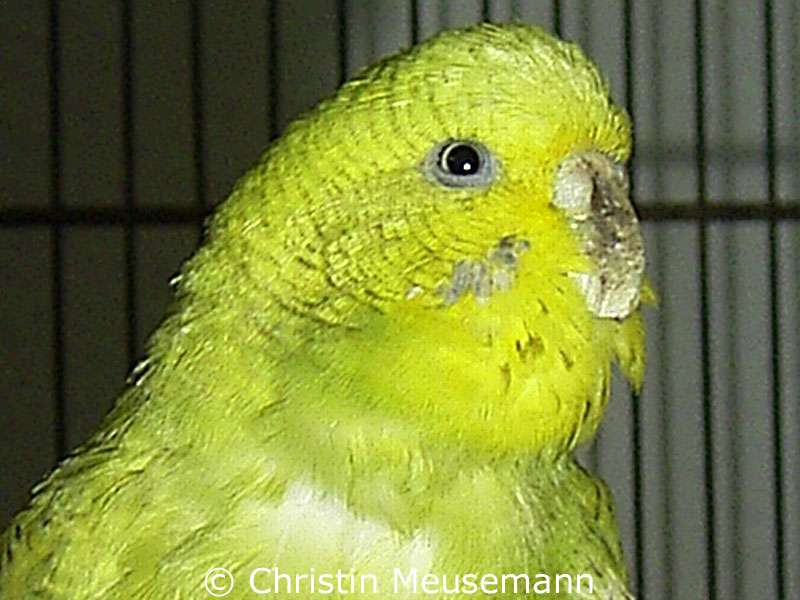
Diseases of the beak of the budgerigar
The beak in birds serves not only for the purpose of eating food, but also for breathing. And also it is necessary for cleaning feathers, creating a cozy nest, moving up the bars of the cage, defense. Therefore, any diseases of this organ give the pet a lot of trouble and inconvenience. It is very important to ensure that your wavy babbler’s beak is always healthy. Didn’t flake, didn’t grow too long, didn’t twist.
What kind of beak diseases do budgerigars have? Injuries, softening, delamination, inflammation are just a small part of the possible problems.
Contents
Beak deformities
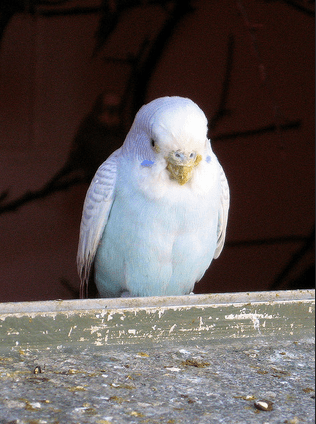
congenital
It happens that the chick hatches with such deformity. Alas, there is practically nothing to help him. Unless from childhood to help him eat every 3 hours. As he grows older, he himself will learn to peck and drink. It will be a little hard to breathe, so it will not fly often. Yes, and a full-fledged repetition of what you said is unlikely to wait. But such a chick will live.
Fracture or injury
It’s not curable. As a result, the halves do not close, rub against each other. This leads to their erasure. Hence the deformation.
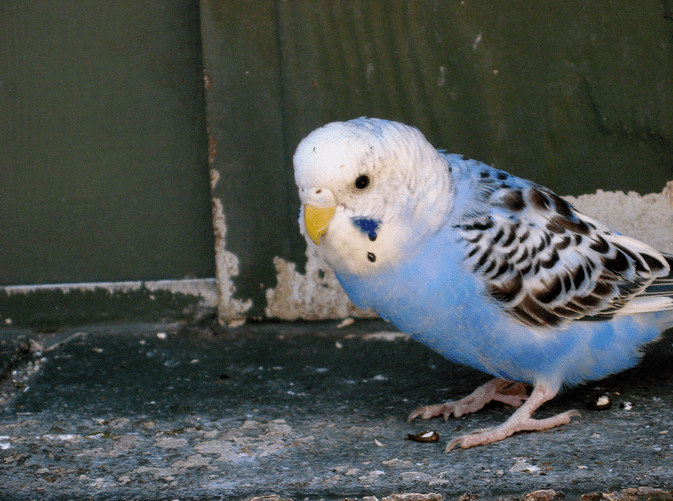
Rapid beak growth
Some feathered owners are thinking about how to trim the beak of a budgerigar. Sometimes sashes grow too fast. They begin to twist, cling to each other, which leads to a change in the “occlusion”, so to speak. This can be avoided if you approach the preparation of the bird menu with all responsibility. It should contain not only soft foods (fruits, vegetables, cereals, mashed potatoes), but also solid foods (cereals, grains). Do not forget to give tree bark, sticks, so that the parrot grinds off the overgrown stratum corneum of the beak. If it is still growing rapidly, then it is better to go to the clinic. The veterinarian already knows how to trim the beak of a budgerigar so as not to hurt or harm. If you yourself decide on such a manipulation without the necessary experience, you can make it even worse. One of the valves will begin to grow faster than the other, and even bent. There will be a lot of problems.
The cause of this problem may lie in liver disease, and not just in improper feeding or too frequent trimming of the beak. Therefore, if your pet feathered beak length increases very quickly, it is necessary to take it to the veterinarian for examination.
Do not trim your beak yourself! You do not know where the vessels and nerves pass in it. A foul move and cause your parrot the greatest pain.

facial scabies
And this infection (tick) can lead to deformation of the parrot’s beak. You will notice how the bird began to itch. Contact your veterinarian to treat your chick.
Beak softening
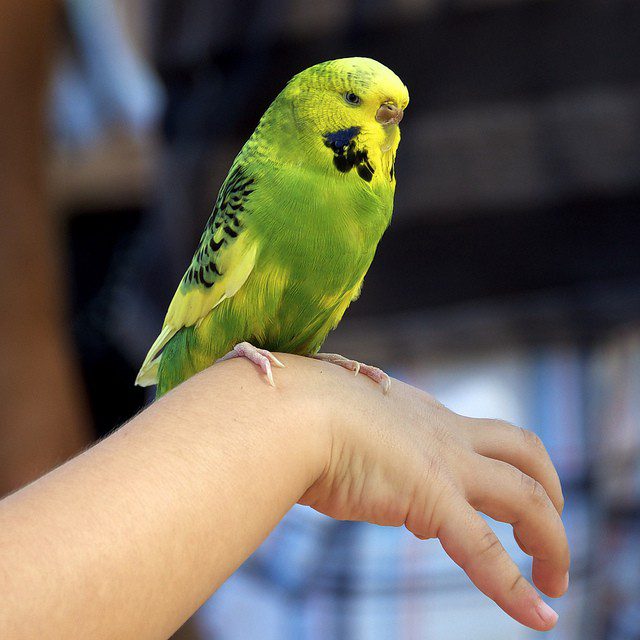
In most cases, this is recorded due to an unbalanced diet. More precisely, the feed lacks vitamins (A, C) and minerals. Add multivitamin preparations designed specifically for parrots to the menu. And leave only soft food, otherwise the bird will turn its beak into an accordion.
But do not forget about viral, bacterial and fungal diseases. They also become the reasons that the budgerigar’s beak exfoliates and also softens. Only a vet can help. He will prescribe effective drugs (antibiotics and fungicides). In addition to softening, inflammatory processes due to viruses / fungi / bacteria can lead to the formation of a growth on the budgerigar’s beak.
What other diseases of the beak are recorded in budgerigars?
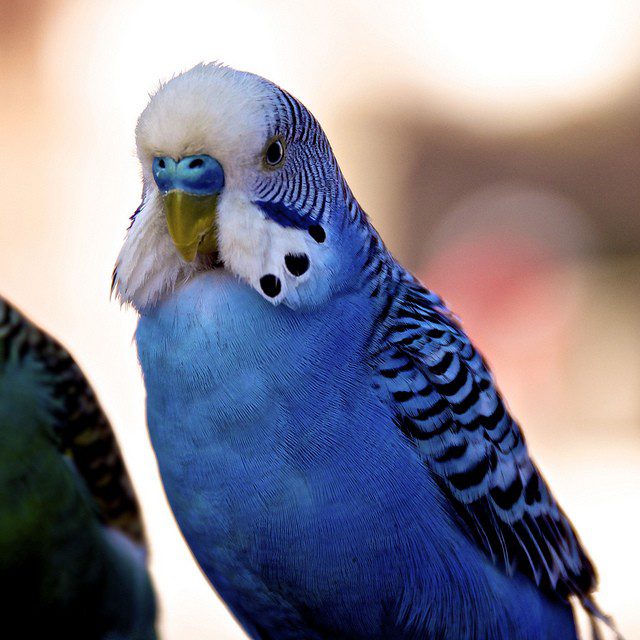
Before suspecting a disease in your pet, you need to know what a normal healthy beak of a budgerigar looks like, the photo of which is located above.
Carefully inspect the feeder. It should not contain sharp sticks, pieces of nuts, pebbles. This can lead to injury to the beak. Any scratch, abrasion becomes a gateway for infection. As a result, not only stratification may begin, but a growth will appear on the beak of the budgerigar.
A lack of vitamin A leads to the fact that inside the beak the mucous membrane swells and increases in size. Often granulomas (small seals) are formed. And already at later stages, a white and rather dense coating appears on the mucous membrane. Do not prescribe any vitamins on your own. Hypervitaminosis is no better than vitamin deficiency.
Do not panic ahead of time or despair. Veterinary medicine is now well developed. Treatment exists in almost all cases. The main thing is to ask for help in time.



